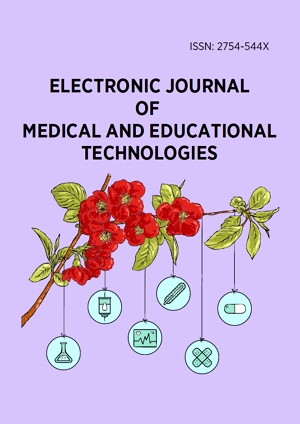Abstract
Introduction: COVID-19 (coronavirus) has become a global threat to the human population. The virus which originated from China in December, 2019 has swept across continents in the world. Cameroon has been one of the countries with a high infectious rate. Lack of awareness plays a major role in the rise of COVID-19 cases. Studies have shown that there exists a strong correlation between the perception of a disease and a ready compliance to health recommendations.
Objective: This paper studied the awareness and perceptions by the general population of Cameroon on the existence and spread of COVID-19.
Methods: The study involved a qualitative survey designed by online questionnaires which were made available to the population of Cameroon through e-mails and ‘WhatsApp’. The survey included the perception of the origin and existence of the COVID-19 virus, its mode of transmission, preventive and control measures. The data obtained from respondents were analysed by descriptive statistics. The data were entered in a spread sheet, Microsoft Excel and normality determined. One-way ANOVA and means comparison using Tukey’s test (α = 0.05) was performed to check whether the perception of respondents differed significantly.
Results: A total of 573 respondents were obtained. From the analysed results, a greater proportion of the respondents (P˂ 0.05) were aware of the COVID 19 existence, transmission and preventive strategies. This knowledge could lead to a reduction in the spread of the disease.
Conclusion: Our findings suggested that there’s more need for public sensitisation of the virus especially its method of transmission, control and prevention.
Keywords
License
This is an open access article distributed under the Creative Commons Attribution License which permits unrestricted use, distribution, and reproduction in any medium, provided the original work is properly cited.
Article Type: Original Article
EUROPEAN J MED ED TE, Volume 13, Issue 2, June 2020, Article No: em2007
https://doi.org/10.30935/ejmets/8236
Publication date: 03 May 2020
Article Views: 3234
Article Downloads: 1433
Open Access References How to cite this article
 Full Text (PDF)
Full Text (PDF)